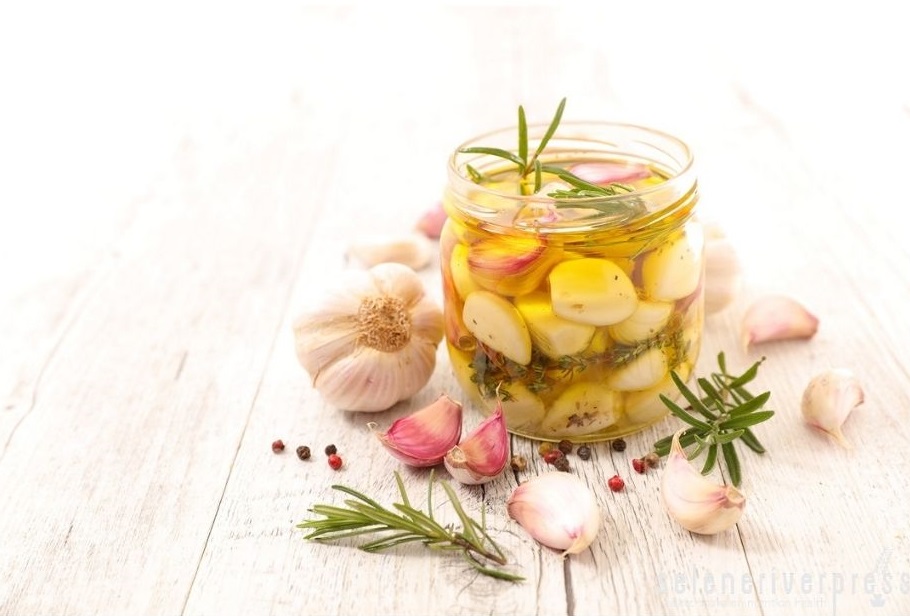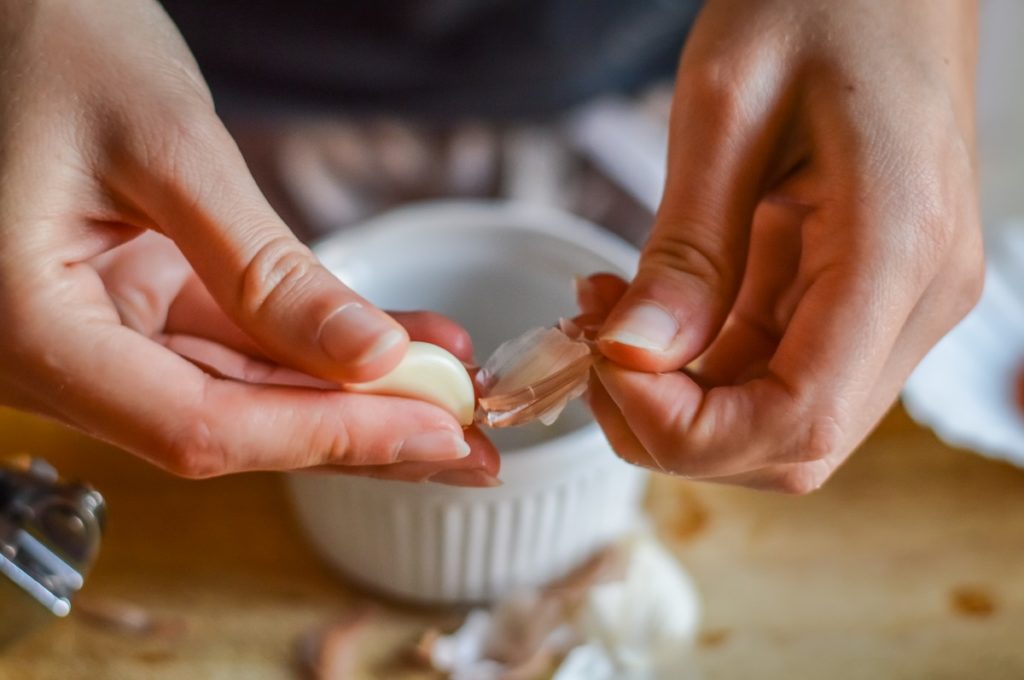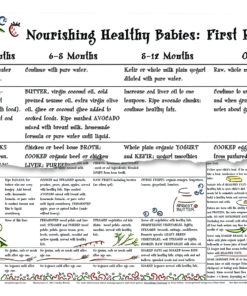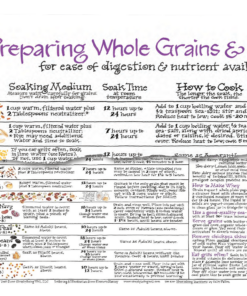“Clown’s treacle.” Surely you’ve heard of it? If not, it’s still likely that you have some in your kitchen right now. According to The Spice and Herb Bible by Ian Hemphill, clown’s treacle (also called “poor man’s treacle”) are both old-time names for garlic.
Treacle was first used in the 14th century as an antidote to poisons, stings, and bites (especially snake bites), but Allium sativum (garlic) has been around far longer than that. Some sources say it was first cultivated in India 5,000 years ago, while others attribute it to ancient Babylonia some 4,500 years ago. The garlic found in Tutankhamun’s tomb dated to 1358 BC. Nearly a thousand years later, in 400 BC, Hippocrates noted its medicinal qualities. Garlic has been used as a remedy throughout history, during epidemics of typhus, dysentery, cholera, influenza, and more. Suffice it to say, garlic has been helping us stay well for a very long time.
Garlic
The therapeutic properties of garlic are still being discussed in herbal texts today. It is a powerful antimicrobial herb that targets pathogenic microbes such as bacteria, viruses, and alimentary parasites. And it is specific to the respiratory system because of its volatile oil, which is excreted through the lungs. Garlic helps clear mucous (catarrh) and is used for treating such ailments as bronchitis, recurrent colds, and influenza.
However, garlic can also be used preventatively against most infections, both respiratory and digestive. In the digestive tract, garlic supports the growth of beneficial bacteria and kills pathogens. Eating garlic also helps the circulatory system, and it can help reduce high blood pressure and cholesterol.
Garlic on its own has tremendous therapeutic qualities—but when it is fermented, it becomes a powerhouse.
Lacto-Fermentation
Lacto-fermentation is a traditional way of preserving foods. In fact, it is one of the oldest methods, dating back to about 6,000 BC. However, it is also what I call a real “value-added” process. What that means is that you get more from doing it than not doing it. Fermenting garlic makes it even better than it is on its own. How can that be? And how do you do it?
Here are just a few notable ways that lacto-fermentation adds value to the foods you ferment:
- It increases the level of vitamin C. (Who doesn’t need more C right now—and the whole bio-available C complex?)
- It creates B vitamins (and other vitamins as well).
- It increases and preserves enzymes. (Who doesn’t need enzymes to digest their food?)
- It predigests sugars. (Let the bacteria have them, so we don’t!)
- It makes gut-soothing and protective lactic acid, which feeds the intestinal flora.
All of us need more good microbes in our digestive systems. I encourage you to take this potent herb and “soup up” its therapeutic properties by fermenting it. Here are a few recipes for you to try.
(See section IX of The Complete Cooking Techniques for the GAPS Diet to learn more about lacto-fermentation, including techniques.)
Fermented Garlic: Basic Recipe
Ingredients
About 12 small or 4 large heads of organic garlic cloves (enough to fill a wide-mouth pint jar)
1 tablespoon fine sea salt
1 pint pure water (at room temperature), to cover
Instructions
- Separate cloves from the heads and peel them. Place peeled cloves in wide-mouth pint jar.
- To make a brine, add salt to room temperature water and stir to dissolve. Pour brine into the jar. Cover cloves with water, leaving about 1–2 inches of space at the top of the jar. Cap tightly.
- Place jar on your counter, out of the sun, for about 3–4 weeks before transferring to cold storage.
- Eat one, two, or three garlic cloves per day to stay well!
Tips for peeling garlic:
- On a cutting board, smash the garlic cloves with the side of a large knife.
- Using a plastic tube, roll the cloves to remove the skins.
- Use a sharp paring knife.
- Roast cloves in a 200°F oven until the skins loosen, and then peel. (The garlic will not be raw if you use this method, so keep that in mind.)
Fermented Garlic (Low Salt Recipe)
Follow recipe above, but reduce salt to ½ tablespoon (1½ teaspoons), and add 2 tablespoons of whey from yogurt or kefir to the pint of water for your brine. Stir well and pour over the garlic cloves.
(See section VIII of The Complete Cooking Techniques for the GAPS Diet to learn more about obtaining whey and making your own yogurt and kefir.)
Fermented Garlic (Spice It Up)
Add herbs of your choice to either recipe above. Herbs with a natural affinity for garlic include basil, oregano, rosemary, sage, thyme, or a combination.
Sante! To your health!
Images from iStock/margouillatphotos (main), sebastianosecondi (post).






